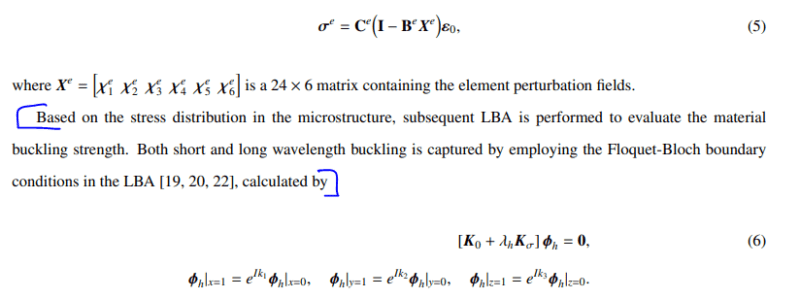drennon236
Civil/Environmental
- Mar 27, 2020
- 102
Does anyone understand how Floquet-Bloch boundary conditions work in this context? Seems like Bloch-Floquet boundary conditions can do anything? Would it be possible to explain in layman's terms how it works? I have spent hours trying to read up on it but still cant figure it out.




